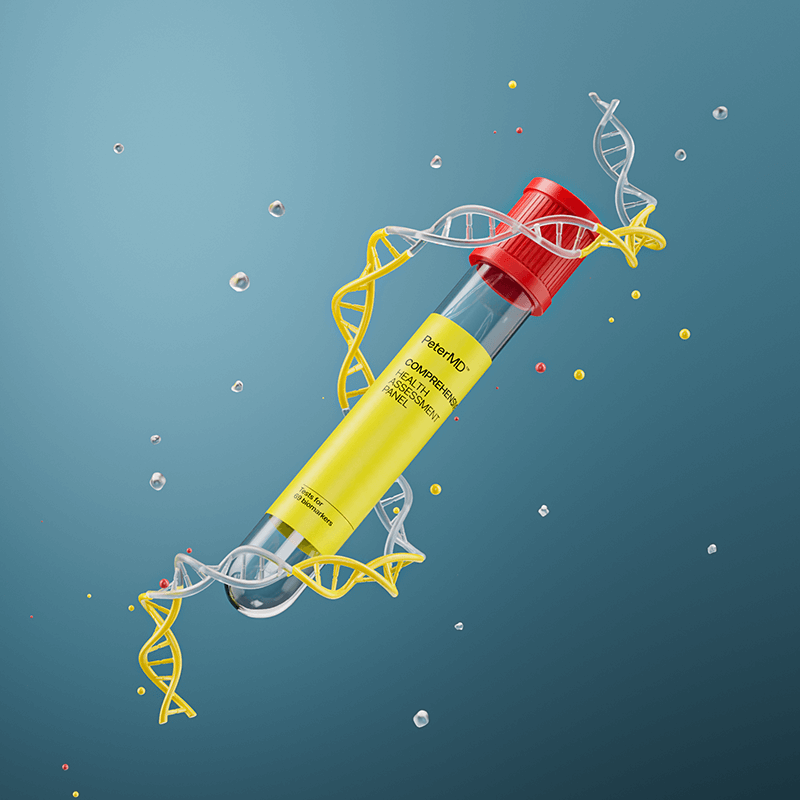Low testosterone, or "Low T," is a wellness problem that affects an incredible number of men, with rates increasing with age. Testosterone is really a crucial hormone that influences sets from muscle tissue and bone density to temper and libido. When levels drop, the results can be significant. testosterone prescription online has turned into a commonly mentioned and successful therapy for men diagnosed with clinically Low testosterone.
Navigating the road to TRT can look complex. It requires appropriate analysis, understanding treatments, and working with healthcare professionals. This guide offers a clear breakdown of how to get TRT , from preliminary diagnosis to managing your therapy, helping you understand the procedure and what things to expect.

Step 1: Realizing the Apparent symptoms of Low Testosterone
The first faltering step toward therapy is knowing the signs that your testosterone degrees could be low. The symptoms may vary from person to person and usually develop slowly, creating them an easy task to dismiss as normal signs of aging. Nevertheless, consistent signs justify a discussion with a healthcare provider.
Popular signs connected with Low testosterone include:
Bodily Changes: Diminished muscle tissue and energy, increased excess fat (especially across the abdomen), reduced bone occurrence, and hair loss.
Sexual Health Issues: An apparent drop in libido (sex drive), erectile dysfunction (difficulty reaching or sustaining an erection), and a lesser sperm count.
Emotional and Emotional Results: Consistent fatigue and Low energy, mood swings, irritability, outward indications of despair, and trouble concentrating or "head fog."
While these indicators are signs, they may also be due to different medical conditions. Thus, self-diagnosing is not enough; an expert medical evaluation is vital to verify the cause.
Step 2: Getting a Appropriate Analysis
If you should be encountering indicators, another critical stage is always to see a healthcare service for a conventional diagnosis. This technique generally requires a thorough medical record review and a body check to measure your hormone levels.
The Blood Test
An easy blood check is the only real conclusive method to diagnose Low testosterone. Your doctor can calculate the full total testosterone level in your blood. Because testosterone levels obviously vary throughout the day, peaking each morning, the test is normally planned for the early day hours to have probably the most correct reading.
Normal testosterone levels in guys may selection commonly, but generally fall between 300 to 1,000 nanograms per deciliter (ng/dL). A examination of Low testosterone, or man hypogonadism, is usually made if levels are consistently below 300 ng/dL on multiple tests. Your physician might also always check different hormone levels, such as luteinizing hormone (LH) and follicle-stimulating hormone (FSH), to ascertain the underlying cause of your Low testosterone.
Stage 3: Obtaining a TRT Prescription
When you have been identified as having clinically Low testosterone, your healthcare company will determine if you should be an appropriate choice for TRT. This decision is founded on your symptoms, body test benefits, and overall health. TRT is a prescription-only treatment, and it's important to obtain it through genuine medical channels.
Your company will examine the possible advantages and risks of the therapy. Benefits often contain increased power, temper, muscle mass, and libido. Dangers can include negative effects like acne, sleep apnea, or much more serious cardiovascular problems, which explains why continuing medical guidance is so important. If TRT is deemed right for you, your medical practitioner will write a prescription for a certain form and dose of testosterone.
Stage 4: Exploring Treatment Possibilities
There are several various ways for administering TRT, and the very best one for you personally will depend on your life style, preference, and your doctor's recommendation.
Injections: Testosterone could be shot straight into a muscle. They are typically administered every one to two weeks. This is a common and cost-effective technique, and it can be done at a hospital or self-administered in the home following correct training.
Gels: Relevant fits in are used daily to your skin, frequently on the shoulders or upper arms. The testosterone is absorbed through your skin and enters the bloodstream. This technique offers stable hormone levels but involves care to prevent moving the serum to others through skin contact.
Spots: Similar to ties in, areas are put on skin everyday and launch testosterone gradually. They could often cause epidermis discomfort at the application site.

Pellets: Small, rice-sized pellets can be implanted underneath the skin (usually close to the hip) in a minor in-office procedure. These pellets gradually discharge testosterone over an amount of three to six months, offering a convenient, long-lasting option.
Step 5: Continuous Monitoring and Administration
Beginning TRT is not just a one-time fix. It needs constant monitoring to ensure the treatment is beneficial and safe. You will be needing typical follow-up sessions with your healthcare company to check on your testosterone degrees and monitor for almost any part effects. Your medical practitioner might alter your dose or treatment process centered on your response and body test results. This long-term partnership with your service is important to safely and properly controlling your wellbeing on TRT.
If you imagine you might be experiencing symptoms of Low testosterone, the very first and most critical activity would be to consult a qualified healthcare professional. They can offer an accurate examination and manual you through the correct measures to displace your vitality and well-being.
